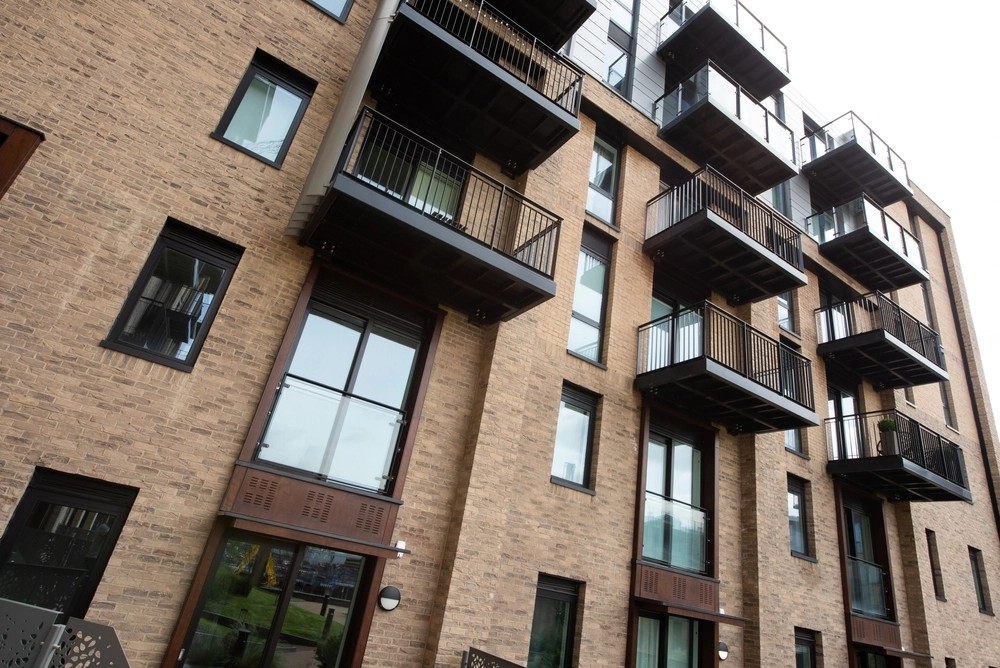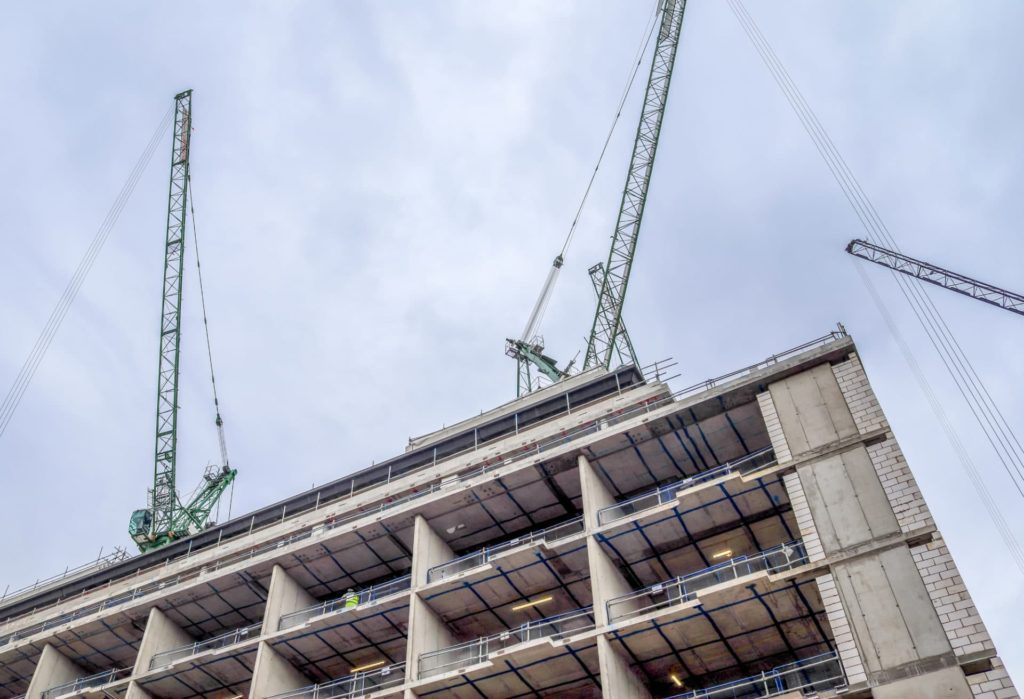
Standing the test of time? Law Commission review of the LTA 1954

By Kate New, Elizabeth Johnson
25 Nov 2024 | 2 minute read
Since the Landlord and Tenant Act 1954 was last examined by the Law Commission in 2003, external forces have forced the business world through extraordinary levels of change. Technological advances have revolutionised how and where we work, shop and play, and in recognition of this the Law Commission has begged the question - is the regime that regulates the bricks and mortar (and billboards and playing fields and so on) still fit for purpose? Is it right to rely on a piece of legislation forged out of the devastation of the Second World War in a time where the tech we carry in our pockets is more powerful than the tech that put man on the moon?
The Law Commission has now opened its two-part consultation into the future of the concept of security of tenure that underpins the landlord and tenant relationship in the business world. Should it remain, and if so, what adaptations are required?
Stage 1 – "What"
The first consultation paper invites responses from businesses of all sizes, sectors, and their advisors. Its fundamental consideration is "whether tenants of business premises should have statutory security of tenure and, if so, how it should operate"[1] but also discusses the scope of the type and duration of the tenancies which should fall under the regime. Four models are proposed:
- Mandatory statutory security of tenure;
- No statutory security of tenure;
- A "contracting-in" regime (where the default is no security but the parties could contract in); and
- A "contracting-out" regime (retaining the status quo, where the default is that tenancies have security of tenure but the parties can contract out).
After the first consultation, the Law Commission will recommend their preferred model. If a form of statutory security of tenure is retained, they will publish a second, technical consultation to deal with all other aspects including the detail of the process which should be adopted for that model.
Stage 2 – "Who and How"
If security of tenure is to be retained, it will be necessary to consider the scope of the Act. In particular:
- Use: should the current list of excluded uses (e.g. agricultural, mining) be amended?
- Duration: should the exclusion of an initial tenancy of less than 6 months be extended (limiting the scope of the Act for short term interests)?
- Other characteristics of the tenancy: should security of tenure be excluded based on characteristics of the premises (location, rent levels or size of the premises)?
- Competing regimes: mirroring the changes in the telecommunications world.
- Energy production sites/key infrastructure: should special consideration be given to tenancies where the tenants have made significant capital investment?
Take action
Now is the opportunity for those with skin in the game to put their view forward and have their say. We are working with our clients and contacts to support and collate a response to the consultation.
To review the first consultation paper, please click here. A summary of the paper can be found here.
Businesses and advisors can respond to the consultation here and there is an accompanying survey here. The deadline for responses is 19 February 2025.
For more information on the Act, read our recent article: Lease or let die: navigating recent case law and the proposed reforms to the Landlord and Tenant Act 1954.
Please contact Kate New and Carol Phillips directly should you wish to discuss this further with our experts.















